Greenhouse Slug
- April 2, 2024
- 0 comment
The greenhouse slug, a common pest in gardening and agricultural settings, is a member of the mollusk family known for its voracious appetite and slimy appearance. These creatures, often found lurking in damp and humid environments, can wreak havoc on plants by feeding on foliage, fruits, and seedlings. Recognizable by their elongated bodies and distinctive slime trails, greenhouse slugs are nocturnal creatures that prefer to feed under the cover of darkness to avoid predators. Their life cycle consists of egg-laying, juvenile stages of growth, and eventual reproduction, contributing to their population’s persistence. Despite their small size, greenhouse slugs can cause significant damage to crops, leading to economic losses for growers.
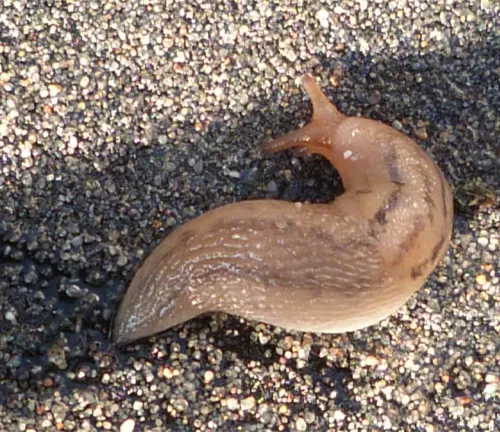
Effective management strategies, including cultural, mechanical, biological, and chemical controls, are essential for mitigating their impact and preserving plant health in greenhouse environments.
| Specification | Description |
|---|---|
| Scientific Name | Deroceras spp. |
| Common Names | Greenhouse Slug, Garden Slug, Field Slug |
| Family | Agriolimacidae |
| Size | Adults typically range from 1 to 2 inches (2.5 to 5 centimeters) in length |
| Color | Varies from pale yellow to dark brown or black |
| Body Structure | Soft, elongated body with a distinct muscular foot for movement |
| Habitat | Thrives in environments with high humidity and abundant vegetation, commonly found in greenhouses, gardens, and agricultural fields |
| Behavior | Nocturnal feeder, prefers feeding and moving around during the night to avoid predators |
| Feeding Habits | Voracious herbivore, feeds on a wide range of plant species, using rasping mouthparts to scrape away plant tissue |
| Reproduction | Egg-laying species, lays translucent eggs in clusters in damp, sheltered locations |
| Lifecycle Stages | Egg stage, Juvenile stage, Adult stage |
| Economic Impact | Can cause extensive damage to crops, leading to economic losses for growers |
| Control Methods | Cultural, Mechanical, Biological, and Chemical controls are commonly used to manage populations |
| Environmental Impact | Pesticide use for control may have unintended consequences on non-target organisms and ecosystems |
| Management Strategies | Integrated Pest Management (IPM) approaches emphasize sustainable control methods |
| Natural Predators | Ground beetles, birds, predatory nematodes, and parasitic wasps are natural enemies |
Greenhouse slugs are a common nuisance for many gardeners and farmers, particularly those who cultivate plants in controlled environments. These slimy creatures belong to the mollusk family and can wreak havoc on crops if left unchecked. In this article, we will explore the world of greenhouse slugs, from their identification and life cycle to their feeding habits and methods of control.
Physical Characteristics
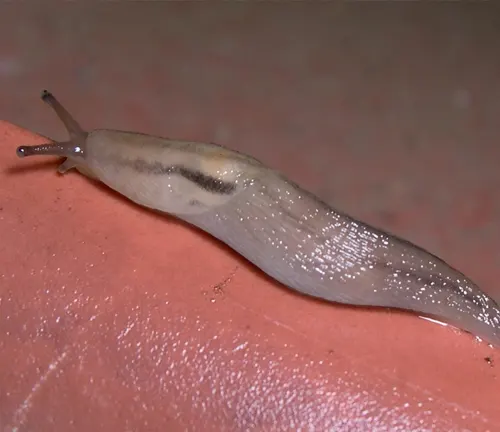
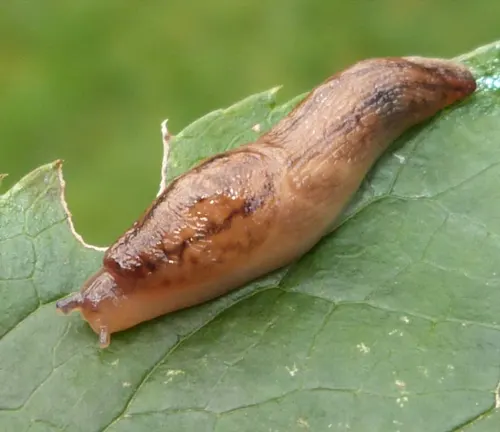
- Body Structure: Greenhouse slugs typically have a soft, elongated body that lacks a protective shell. Their bodies are segmented, allowing for flexibility and movement.
- Size: Adult greenhouse slugs can vary in size, but they generally range from 1 to 2 inches (2.5 to 5 centimeters) in length. Juvenile slugs are smaller and may be difficult to spot.
- Color: The coloration of greenhouse slugs varies, with individuals ranging from pale yellow to dark brown or black. Some may have mottled patterns or spots on their skin.
- Mucus Production: One of the most distinctive features of greenhouse slugs is their slimy mucus, which they produce to aid in locomotion and protect against dehydration. This mucus gives them a slippery texture and helps them move across surfaces.
- Muscular Foot: Greenhouse slugs possess a muscular foot that allows them to move smoothly over various substrates, including soil, plant foliage, and hard surfaces. This foot is well-developed and assists in both crawling and clinging to surfaces.
- Antennae and Tentacles: Greenhouse slugs have sensory organs known as antennae and tentacles located on their heads. These structures help them detect food, navigate their environment, and detect potential threats.
- Eyes: While greenhouse slugs have eyes, they are relatively simple and primarily detect light and movement rather than forming detailed images. Their reliance on other senses, such as touch and smell, is more pronounced.
Behavior
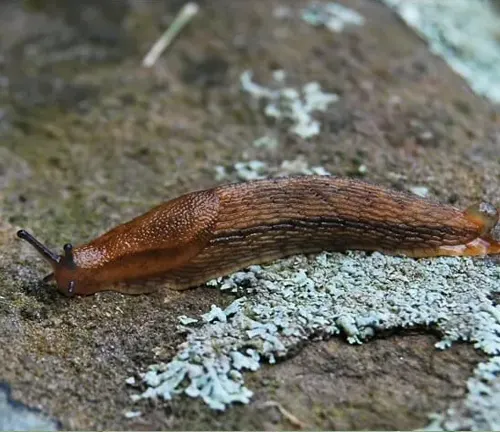

The behavior of greenhouse slugs is influenced by various factors, including their habitat, feeding habits, and reproductive cycle. Here are some key aspects of their behavior:
- Nocturnal Activity: Greenhouse slugs are primarily nocturnal creatures, meaning they are most active during the night. They prefer to feed and move around in the dark to avoid predators and reduce the risk of dehydration.
- Moisture Seekers: These slugs are attracted to damp, humid environments, and they are commonly found in areas with high moisture levels, such as greenhouses, gardens, and shaded areas. They require moisture to survive and are sensitive to dry conditions.
- Feeding Patterns: Greenhouse slugs are voracious herbivores and feed on a wide range of plant species. They use their rasping mouthparts to scrape away plant tissue, leaving behind characteristic holes and slime trails. Their feeding activity can lead to significant damage to crops and ornamental plants.
- Shelter Seekers: During the day, greenhouse slugs seek shelter in dark, moist hiding places to avoid exposure to sunlight and predators. They may hide under plant debris, pots, rocks, or in the soil, emerging at night to forage for food.
- Reproduction: Greenhouse slugs reproduce prolifically, with females capable of laying hundreds of eggs during their lifetime. The eggs are typically laid in clusters in damp, sheltered locations, where they hatch into juvenile slugs within a few weeks.
- Social Behavior: While greenhouse slugs are primarily solitary creatures, they may congregate in areas with abundant food and moisture. However, they are not social in the same way as some other animal species and do not exhibit complex social interactions.
- Navigation and Orientation: Greenhouse slugs rely on their senses of touch, smell, and light perception to navigate their environment and locate food sources. They may follow slime trails laid down by other slugs to find suitable foraging areas.
Habitat and Distribution
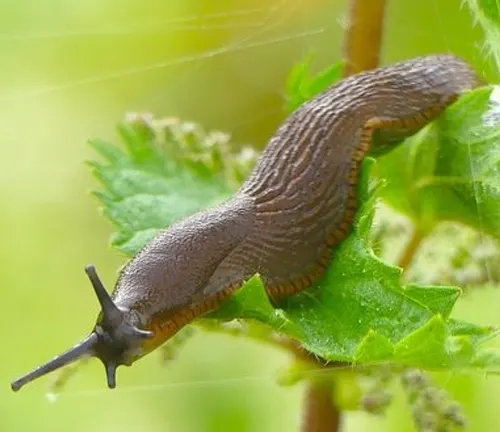
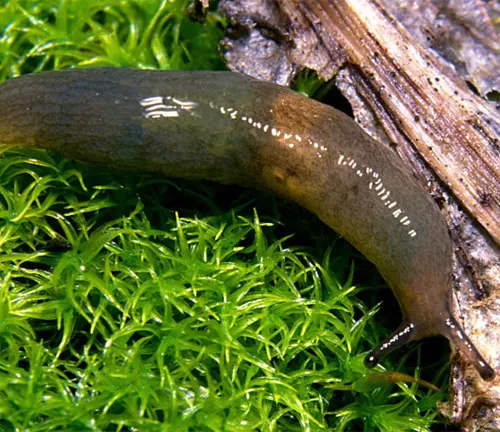
The habitat and distribution of greenhouse slugs are crucial factors in comprehending their ecology and management. These slugs thrive in environments characterized by high humidity and abundant vegetation, commonly inhabiting settings such as greenhouses, nurseries, gardens, agricultural fields, and wooded areas where they can seek shelter and moisture during the day. They are particularly drawn to moist environments, relying on ample organic matter and decaying plant material for sustenance. Human activities, including irrigation, landscaping, and the introduction of non-native plants, contribute to the creation of suitable habitats for greenhouse slugs, with greenhouses and nurseries offering optimal conditions for their proliferation due to controlled environments and the abundance of host plants.
Despite their preference for temperate climates, greenhouse slugs have a broad global distribution, thriving in subtropical and tropical regions as well. Common species like Deroceras reticulatum and Deroceras laeve have been observed in Europe, North America, Asia, Australia, and various other regions worldwide. These slugs can rapidly spread within and between habitats through mechanisms such as human-mediated transport and natural dispersal, often hitchhiking on plants, soil, pots, and gardening equipment to colonize new areas. Remarkably adaptable, greenhouse slugs can thrive in diverse urban, suburban, and rural environments, utilizing available food and shelter resources to sustain their populations.
Life Cycle of Greenhouse Slugs
Egg Stage
In this initial stage of development, female greenhouse slugs lay translucent eggs in clusters. These eggs are typically deposited in damp, sheltered locations, such as under plant debris or in the soil. The duration of the egg stage varies depending on environmental conditions, but generally, it lasts for a few weeks.


Juvenile Stage
After hatching from the eggs, greenhouse slugs enter the juvenile stage. At this point, they emerge as miniature replicas of adult slugs and begin feeding voraciously on plant material and organic matter. Juvenile slugs undergo a period of rapid growth and development, increasing in size as they consume food to fuel their growth.
Adult Stage
Upon reaching maturity, greenhouse slugs enter the adult stage of their life cycle. Adult slugs are capable of reproduction and continue to feed and breed, perpetuating the lifecycle of their species. They may lay hundreds of eggs during their lifetime, contributing to the expansion of slug populations.
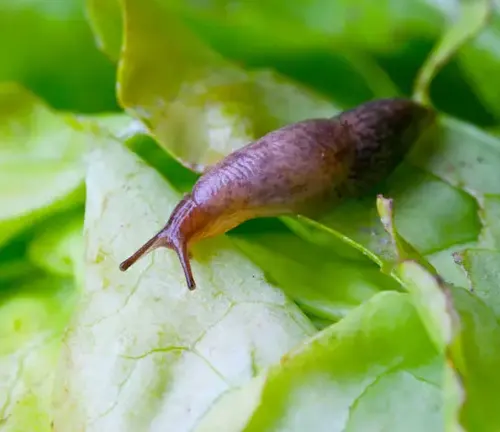
Feeding Habits
Greenhouse slugs exhibit a voracious herbivorous nature, consuming a wide variety of plant species. They primarily feed on plant material such as leaves, stems, flowers, and fruits, using their specialized mouthparts to scrape and ingest tissue. These slugs are not selective in their diet, consuming both cultivated crops and wild plants, posing a significant threat to agriculture and natural ecosystems. Their feeding leaves behind characteristic damage patterns on plants, including irregular holes and shredded leaves, often accompanied by slimy trails.

Preferring nocturnal foraging to avoid predators and dehydration risks, they may go unnoticed until visible signs of damage appear on plants. While they require moisture to survive, they can cause substantial damage during periods of high humidity or rainfall when plants are more susceptible. Greenhouse slugs target tender, succulent plant parts, but will also feed on mature plant parts if necessary, sustaining continuous feeding throughout their lifespan. This relentless feeding behavior can result in significant economic losses for growers and adversely affect crop yields.
Importance in Greenhouses
While greenhouse slugs may seem insignificant, their presence can have significant consequences for crop yields and quality. They are capable of causing extensive damage to plants, leading to economic losses for growers.
Damage Caused by Greenhouse Slugs
The damage inflicted by greenhouse slugs can manifest in various ways, including:
- Leaf skeletonization
- Fruit and vegetable spoilage
- Stunted growth
- Reduced crop yields
Methods of Control and Prevention
Controlling greenhouse slugs requires a multifaceted approach that integrates various management strategies:
Cultural Control
- Remove plant debris and weeds to eliminate potential hiding places.
- Maintain proper sanitation practices to reduce slug populations.
Mechanical Control
- Handpick slugs from plants and surrounding areas, especially during the early morning or late evening.
- Install physical barriers such as copper tape or diatomaceous earth to deter slugs from reaching plants.
Biological Control
- Introduce natural predators such as ground beetles, birds, or predatory nematodes to keep slug populations in check.
- Use biological control agents like nematodes or parasitic wasps to target slug eggs and juveniles.
Chemical Control
- Apply slug baits containing iron phosphate or metaldehyde to attract and kill slugs.
- Use chemical pesticides as a last resort and follow label instructions carefully to minimize environmental impact.
Integrated Pest Management (IPM) Strategies
Integrated pest management (IPM) emphasizes the use of multiple tactics to manage pests effectively while minimizing environmental impact. By combining cultural, mechanical, biological, and chemical control methods, growers can create a balanced and sustainable approach to slug management.
Organic Approaches to Slug Management
Organic growers may opt for non-chemical methods of slug control to comply with organic certification standards. These may include:
- Using organic-approved slug baits containing iron phosphate.
- Employing biological control agents such as nematodes or predatory beetles.
- Implementing cultural practices like crop rotation and mulching to reduce slug habitat.
Environmental Impact
While slug control measures are necessary to protect crops, they can also have unintended consequences for the environment. Chemical pesticides, in particular, may harm non-target organisms and pollute soil and water resources. Therefore, it is essential to choose environmentally friendly control methods whenever possible.
Future Trends and Research
As concerns about pesticide use and environmental sustainability continue to grow, researchers are exploring innovative strategies for slug management. This includes the development of novel biopesticides, genetic engineering techniques, and alternative control methods that minimize ecological harm.
Different Species
Deroceras reticulatum
(Grey Field Slug)
This species is one of the most common greenhouse slugs and is widely distributed around the world. It has a greyish-brown body with darker mottling and is known for its voracious feeding habits.
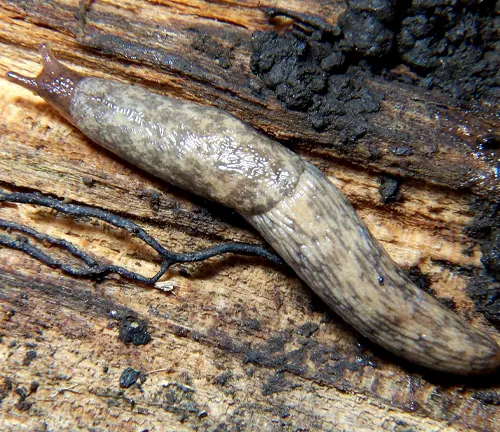
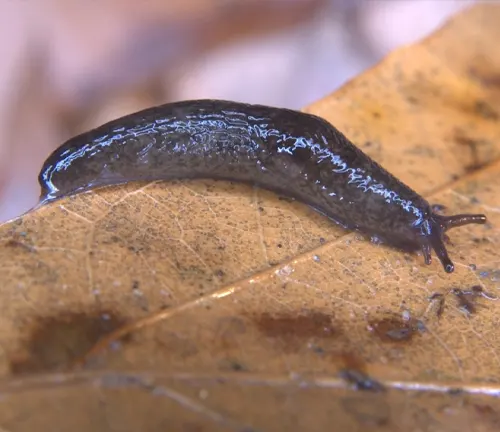
Deroceras laeve
(Marsh Slug)
The marsh slug is another common greenhouse pest with a brownish-grey body and pale keel running along its back. It prefers damp habitats and can often be found in greenhouses and gardens.
Deroceras invadens
(Spanish Slug)
Originally native to the Iberian Peninsula, the Spanish slug has spread to many parts of Europe and beyond. It is larger than other species and has distinctive orange-brown coloration with dark spots.

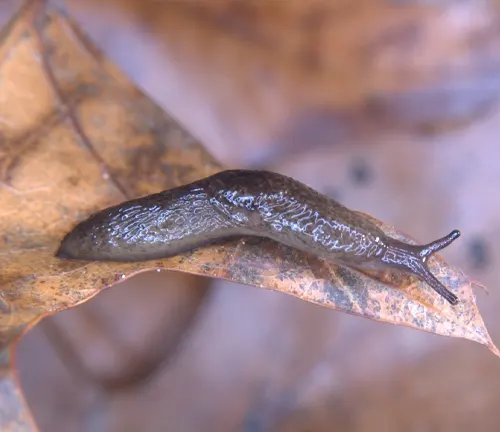
Deroceras panormitanum
(Brown Slug)
This species is native to the Mediterranean region but has been introduced to other parts of the world. It has a brownish body with lighter markings and is often found in agricultural settings.
Deroceras agreste
(Field Slug)
The field slug is a common pest in both agricultural and garden environments. It has a greyish-brown body with irregular dark markings and is known for its rapid reproductive rate.

Frequently Asked Questions (FAQs)
- What is a greenhouse slug, and why is it a concern for gardeners and farmers?
This question addresses the basic understanding of greenhouse slugs and their impact on agricultural and horticultural practices. - How do I identify greenhouse slugs in my garden or greenhouse?
This question provides guidance on recognizing greenhouse slugs based on their physical characteristics and behavior. - What are the preferred habitats of greenhouse slugs?
Understanding the preferred habitats of greenhouse slugs can help gardeners and farmers identify areas where they are likely to encounter these pests. - What types of plants do greenhouse slugs feed on?
Knowing the plant species that are susceptible to greenhouse slug damage can help growers prioritize control measures. - What damage do greenhouse slugs cause to plants?
Understanding the types of damage inflicted by greenhouse slugs can help growers assess the severity of infestations and implement appropriate control strategies. - How quickly do greenhouse slugs reproduce?
Understanding the reproductive rate of greenhouse slugs can help growers anticipate population growth and plan control measures accordingly. - Are there any natural predators or enemies of greenhouse slugs?
Knowing the natural enemies of greenhouse slugs can inform integrated pest management strategies that harness biological control. - What are the most effective control methods for managing greenhouse slug populations?
This question addresses the various control methods available to growers, including cultural, mechanical, biological, and chemical approaches. - Are chemical pesticides safe and effective for controlling greenhouse slugs?
Understanding the potential risks and benefits of chemical pesticides can help growers make informed decisions about pest management. - Can greenhouse slugs be controlled organically?
This question explores organic approaches to slug management, including cultural practices, biological control, and organic-approved pesticides. - What are some signs that my plants may be infested with greenhouse slugs?
Recognizing the signs of a greenhouse slug infestation can help growers take timely action to minimize damage. - How do environmental factors like temperature and humidity affect greenhouse slug populations?
Understanding the impact of environmental conditions on greenhouse slug behavior and reproduction can help growers predict and manage infestations.



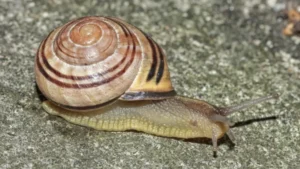
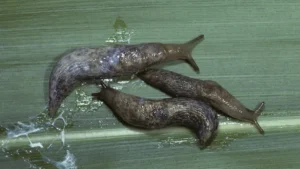
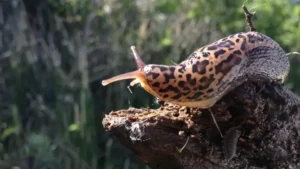
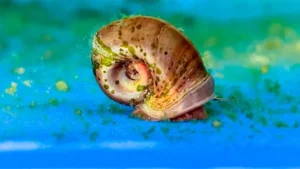

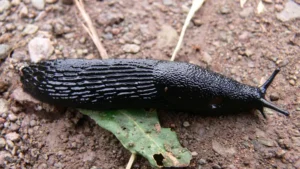
Leave your comment